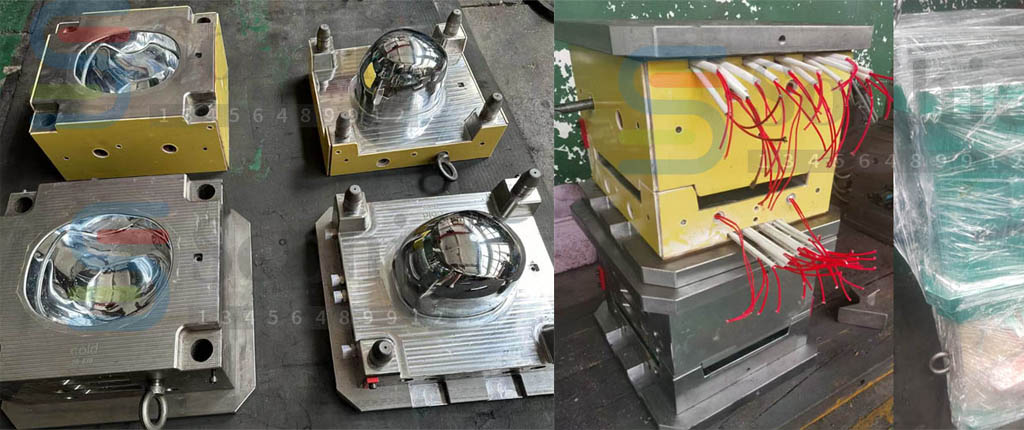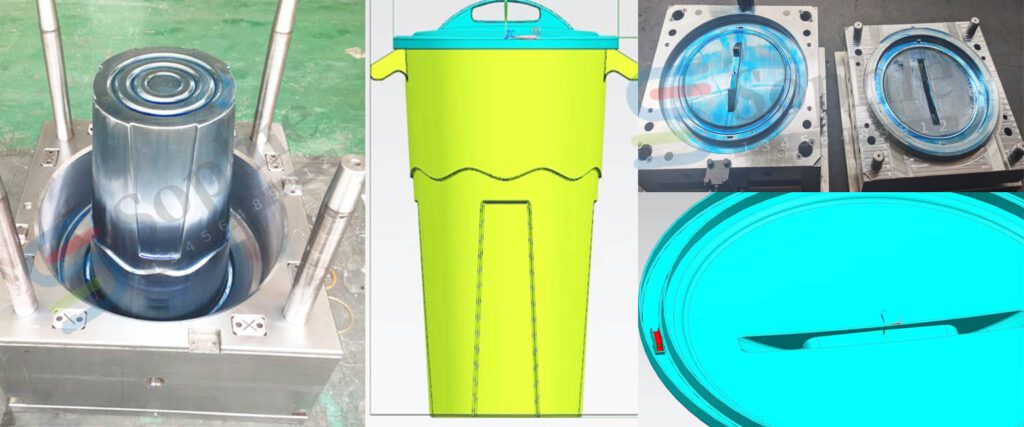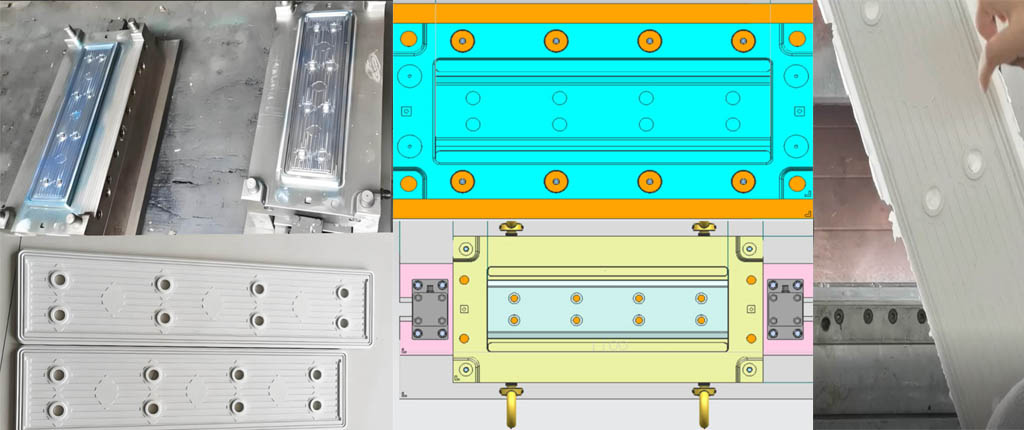Aramid kevlar helmet mold export to Ukraine
Aramid Kevlar Helmet Molds Export to Ukraine: A Comprehensive Overview.In today’s world, where safety and protection are of paramount importance, the demand for high-quality personal protective equipment (PPE) has surged. Among various types of PPE, helmets made from advanced materials like Aramid Kevlar are in high demand due to their exceptional strength-to-weight ratio and impact resistance. This blog post delves into the intricacies of exporting compression molding Aramid Kevlar helmet molds to Ukraine, a country with a growing need for such advanced protective gear.
Table of Contents
ToggleIntroduction to Aramid Kevlar Helmets
Aramid Kevlar helmets are made from a synthetic fiber known as Aramid, which is a heat-resistant and strong material used in a variety of applications, including ballistic and stab-resistant gear. Kevlar, a brand of Aramid, is renowned for its ability to absorb energy from impact, making it an ideal choice for helmet production.
Aramid Kevlar Helmet Mold Forming Method
Aramid Kevlar Helmet Mold Forming Method is an advanced compression molding manufacturing process that utilizes the exceptional strength and durability of Aramid Kevlar fibers to create high-performance helmets. This method involves the use of a mold into which the Kevlar material is placed and then subjected to heat and pressure to form the helmet’s shape. The result is a lightweight yet incredibly strong helmet that offers superior protection, making it ideal for various applications, from military use to sports and industrial safety.
The Importance of Quality Aramid Kevlar Molds
The quality of a kevlar helmet is directly linked to the quality of its mold. A well-designed and precision-engineered mold ensures that every helmet produced is consistent in shape, fit, and protective capabilities. Exporting such aramid helmet molds to Ukraine not only signifies a business transaction but also represents a transfer of technology and expertise.
Market Analysis for Aramid Helmet Molds in Ukraine
Ukraine, with its diverse industrial landscape, has shown a growing interest in advanced protective equipment. The market for Aramid Kevlar helmets has been bolstered by the need for robust safety measures in various sectors, including military, law enforcement, construction, and motorsports.
Factors Driving Demand
- Enhanced Safety Regulations: Stricter safety standards in the workplace have led to an increased demand for high-quality helmets.
- Military and Defense Needs: The country’s defense sector requires top-tier protective gear for its personnel.
Export Process and Considerations
Exporting Aramid Kevlar helmet molds to Ukraine involves several steps and considerations to ensure a smooth transaction.
Regulatory Compliance
- Customs Regulations: Understanding Ukraine’s customs regulations is crucial for the import of molds and related materials.
- Safety Standards: Ensuring that the molds and the helmets produced meet international safety standards is non-negotiable.
Logistics and Transportation
- Shipping Methods: Choosing the right mode of transportation, whether by sea, air, or land, based on cost, time, and safety considerations.
- Packaging: Proper packaging to prevent damage during transit is essential.


Challenges and Solutions
Currency Fluctuations
The volatility of currency exchange rates can impact the cost of exports. Hedging strategies or agreements in stable currencies can mitigate this risk.
Political and Economic Stability
The political and economic climate in Ukraine can affect business operations. Staying informed about the local situation and having contingency plans in place is advisable.
Benefits of Exporting to Ukraine
- Market Expansion: Access to a new market with growing demand for advanced protective gear.
- Economic Ties: Strengthening economic ties between the exporting country and Ukraine.
Exporting Aramid Kevlar helmet molds to Ukraine is a strategic move for businesses looking to expand their global footprint. It not only opens up new market opportunities but also contributes to the enhancement of safety standards in the recipient country. By navigating the complexities of international trade and adhering to best practices, companies can successfully establish a presence in the Ukrainian market and beyond.


